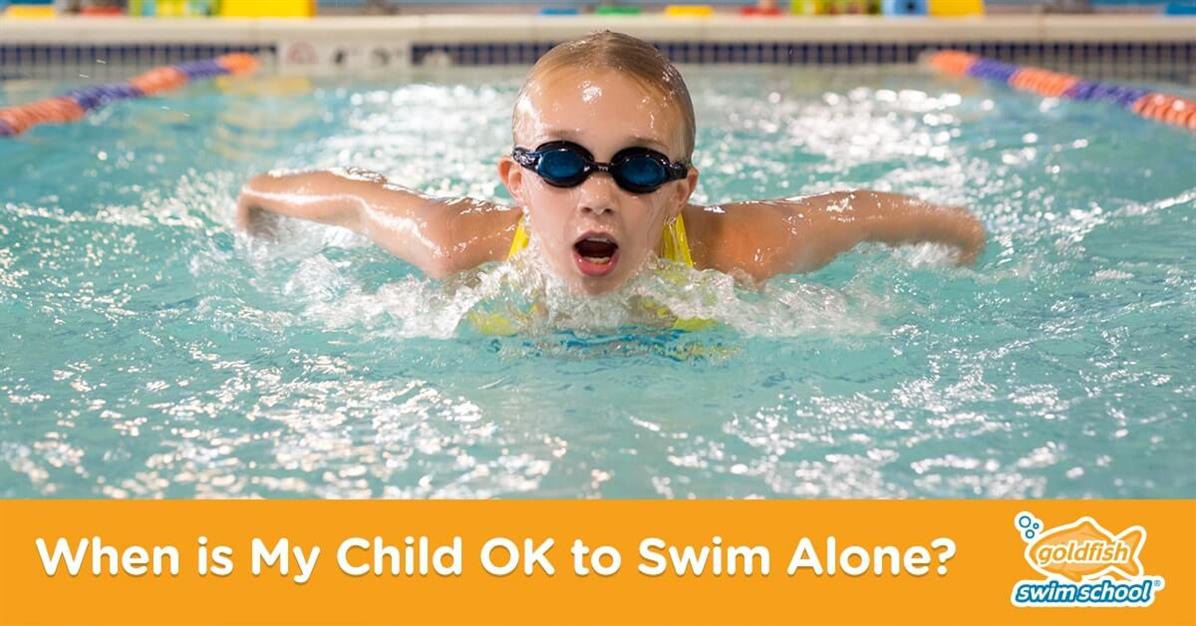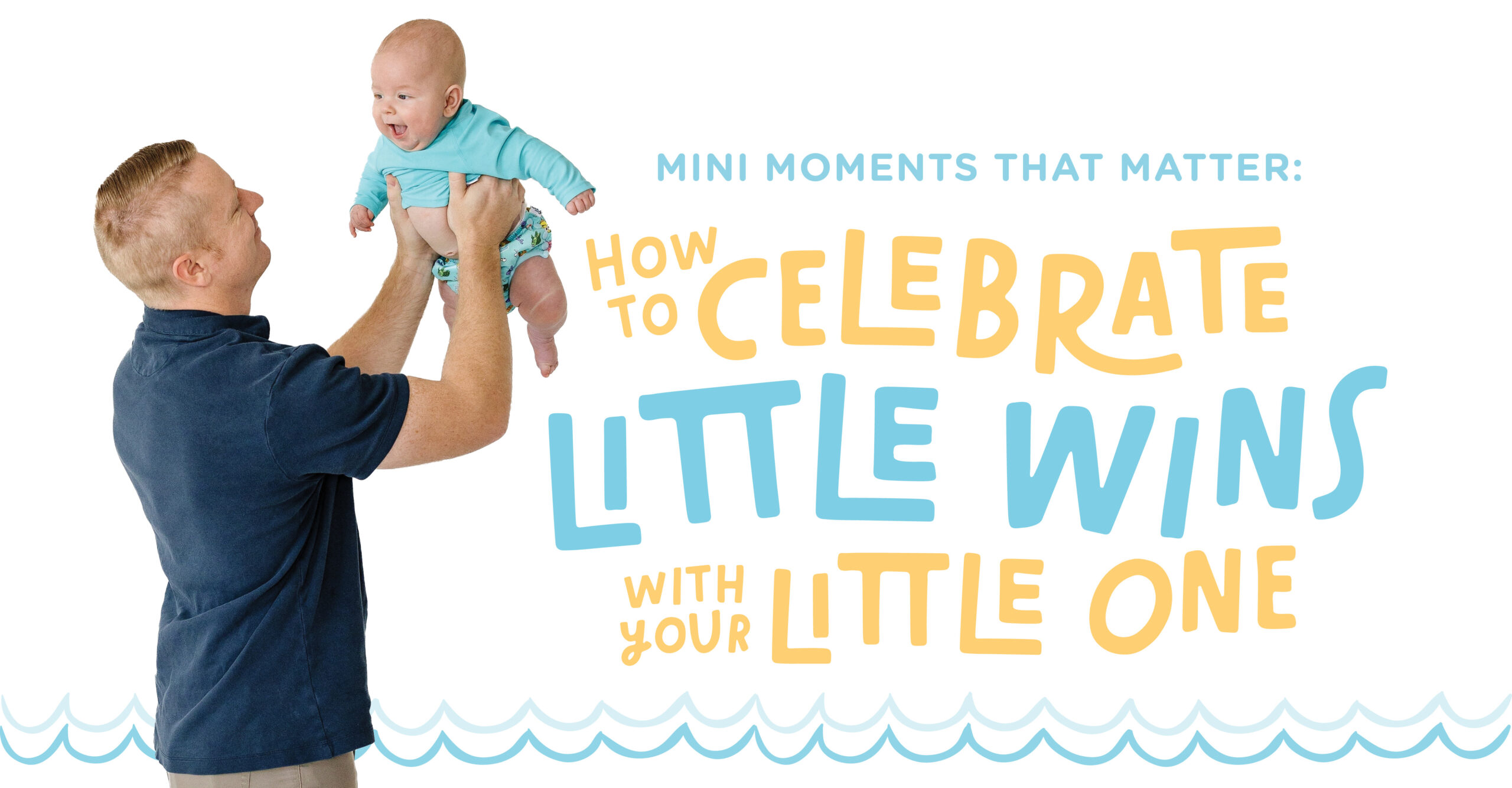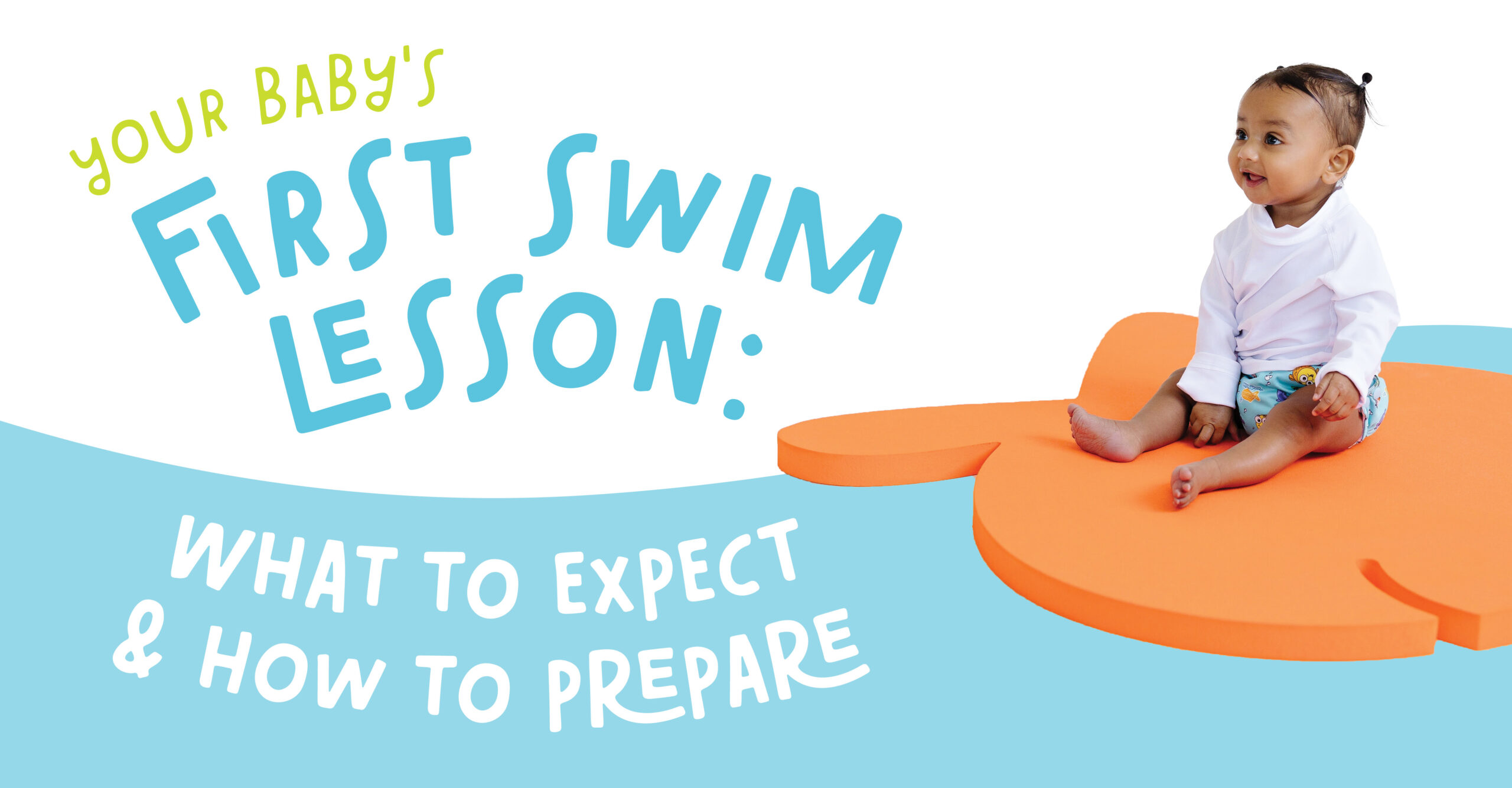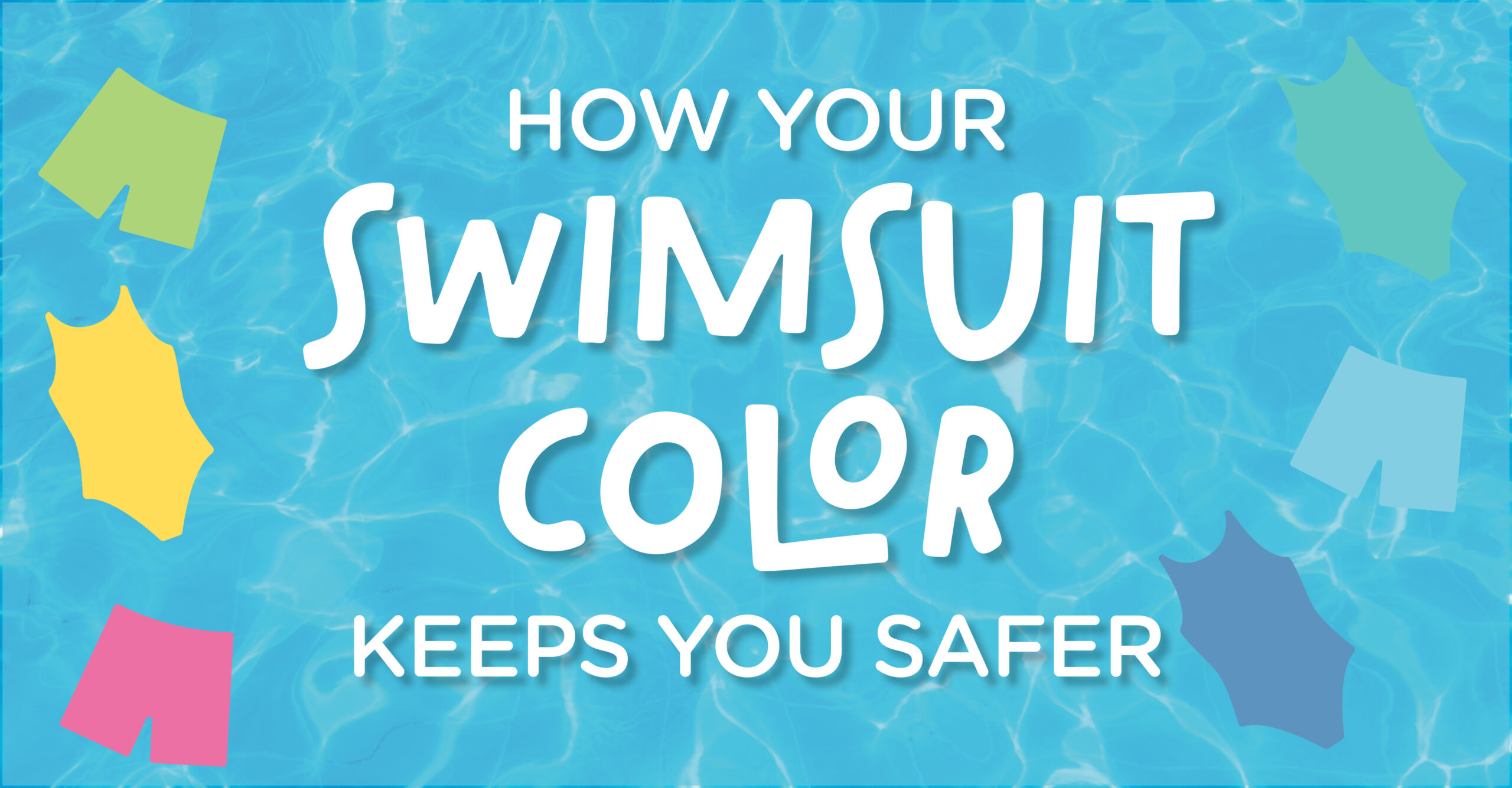When is My Child OK to Swim Alone?

It’s a common question: When is my child OK to swim alone? Just like pretty much everything else in parenting, there’s no one-size-fits-all answer. The decision on when to let your child swim without you right beside him or her depends on your individual child – and the circumstances, since every situation is different. Here are 10 things to consider before letting your child swim alone:
1. Swimming ability
There’s quite a difference between just playing in the water and maybe doing a little doggy-paddle – and actually swimming. Being able to use the required strength and endurance to complete full swim strokes allows kids to stay safe in the water and confirm confidence in their abilities. Knowing your child can easily swim underwater without panicking, tread water and swim to shallow water is necessary to be able to swim alone. (Pro tip: Goldfish Swim School provides extraordinary results that will enhance your child’s swimming ability!)
2. Depth of water
Can your child stand up and still remain above the water? Are there some parts of the water that are over your child’s head? Is the water very deep, like in the middle of a lake? Your child’s height and the depth of the water should also be considered when letting kids swim by themselves, as being able to stand up can allow your child to get to safety more easily.
3. Maturity
How responsible is your child? Is your child the kind who listens to and obeys your every word (or most of them!), or is your child one who tests the limits as soon as you turn your back? Does your child know these 5 things all children should know how to do in the water? The ability to trust your child to follow your rules while in the water can impact your decision to allow him or her to be in the water without you.
4. Understanding of risk
Let’s face it: Some kids are daredevils, while others are the play-it-safe kind. A reckless kid may require more constant supervision while swimming than a cautious one. Take into consideration how your child will assess the risks in each situation. For instance, will your child understand the risk of diving into water when there’s a “no diving” sign or the water is shallow? Make sure your child has a GOLDEN experience in the water every time by making sure he or she understands the potential risks.
5. Number of kids
Sometimes, when there is a gaggle of kids in one place, normal safety rules can go out the window as kids are busy being kids. Your mature, cautious child can get caught up in the excitement of doing what everyone else is doing and momentarily lose sight of potential safety risks and forget about water safety. In addition, having too many kids swimming together could mean that no one may notice if one child encounters a potential emergency off to the side – and could exacerbate the possibility of injury.
6. Having a buddy present
That being said, kids should always swim with a buddy (adults, too!). Having a buddy present in the water means there’s someone there to assist if needed, or to go get help should an emergency arise.
7. Knowing what to do in an emergency
At Goldfish Swim School, we teach water safety during every lesson. That includes how to do a back roll over to pause and take a breath if needed; how toddlers can crawl along the wall and more. Kids need to know what to do to prevent panic, and how to help in an emergency – such as retrieving a life-saving device and getting a lifeguard or another adult’s attention.
8. Unfamiliar water
Be aware that natural bodies of water like lakes and oceans can make it difficult to determine what is lurking beneath the surface. There may be unexpected drop offs, currents, animals, plant life and debris that pose potential dangers. Pools can also have unknown water depths that can surprise swimmers.
9. Any medical conditions
Be mindful of any physical or emotional issues that may affect your child’s time in the water. Physical conditions like seizures, cramps, shortness of breath and others may hinder your child’s ability in the water – and emotional concerns such as a tendency to become overly fearful could cause panic to set in.
10. Pool rules
Many community pools and Homeowner’s Associations have rules dictating how old a child must be in order to swim without an adult in the water as well. Those rules are there for the general safety and well-being of children and everyone else, so if you believe your child can swim without you but is younger than the minimum age, talk to someone in charge before letting your child swim alone.
Prepare at Goldfish Swim School
The best way to prepare your child to swim alone is to have him or her take swim lessons at Goldfish Swim School! Our instructors use integrity, compassion and trust to teach swimmers as young as 4 months old (yes, babies can learn to swim!) how to swim and stay safe in the water. Find a location near you and sign up today! When you come in, you’ll notice firsthand our WOW customer service, and you’ll see why Goldfish is worth the money. That’s something to celebrate!



